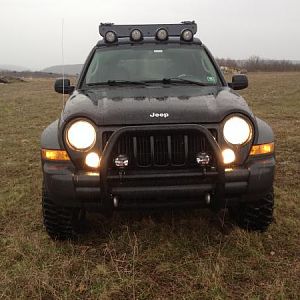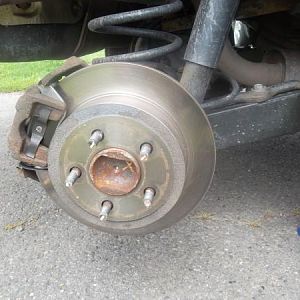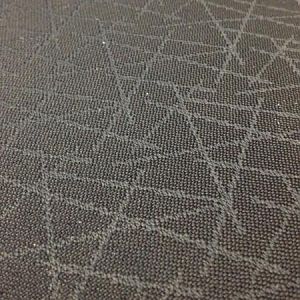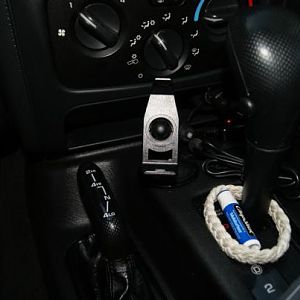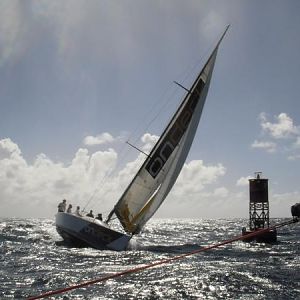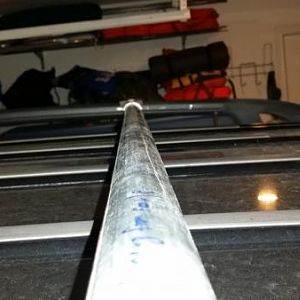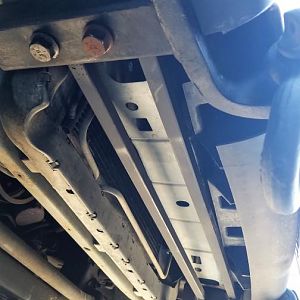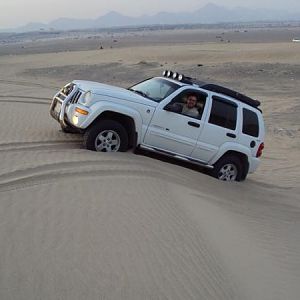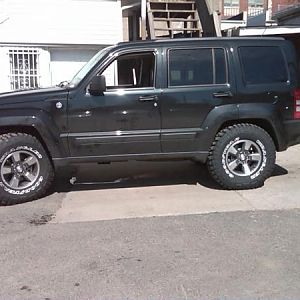Auberon
Full Access Member
Forgive me please but I can't NOT comment:
To start this please remember: ".......Love that torque"
I have been reading the tyre threads quite intently and still wonder where the "power" goes.
The term power appears frequently herein as a misnomer.
The engineering/physics of this is NOT to do with power. The power is still there.
The correct term to eliminate confusion is TORQUE.
To explain, ever so simply, the greater the diameter of the tyre, the greater the torque it can impart to oppose that generated by the drive-train (which remains the same (to a maximum)).
THUS:
The drivetrain imparts a COUPLE at the extremeties at which it contacts the wheel (the studs but more appropriately the axle). The magnitude of a couple is known as its MOMENT or TORQUE although the term tourque is usually restricted to a moment tending to TWIST A SHAFT.
This is verily RESISTED by the tyre as its leverage AGAINST the couple increases in direct proportion to diameter.
Thus, torque is lost.
The problem is fundamentally, that the diamter of the drivetrain does not change, so it is the torque that is the losing factor: not power.
TORQUE = TURNING EFFECT.
Power is the work done by torque per unit time.
OR if you prefer:
Power in rotational motion is equal to the product of the torque and the angular velocity with which the TORQUE is applied.
Lots of different names appear around the world for bits 'n pieces but physics and engineering is the same world wide so can we please get this right.
I'm not even going near moments of inertia and dynamics.
.......love that torque.
Cheers
Auberon
To start this please remember: ".......Love that torque"
I have been reading the tyre threads quite intently and still wonder where the "power" goes.
The term power appears frequently herein as a misnomer.
The engineering/physics of this is NOT to do with power. The power is still there.
The correct term to eliminate confusion is TORQUE.
To explain, ever so simply, the greater the diameter of the tyre, the greater the torque it can impart to oppose that generated by the drive-train (which remains the same (to a maximum)).
THUS:
The drivetrain imparts a COUPLE at the extremeties at which it contacts the wheel (the studs but more appropriately the axle). The magnitude of a couple is known as its MOMENT or TORQUE although the term tourque is usually restricted to a moment tending to TWIST A SHAFT.
This is verily RESISTED by the tyre as its leverage AGAINST the couple increases in direct proportion to diameter.
Thus, torque is lost.
The problem is fundamentally, that the diamter of the drivetrain does not change, so it is the torque that is the losing factor: not power.
TORQUE = TURNING EFFECT.
Power is the work done by torque per unit time.
OR if you prefer:
Power in rotational motion is equal to the product of the torque and the angular velocity with which the TORQUE is applied.
Lots of different names appear around the world for bits 'n pieces but physics and engineering is the same world wide so can we please get this right.
I'm not even going near moments of inertia and dynamics.
.......love that torque.
Cheers
Auberon


